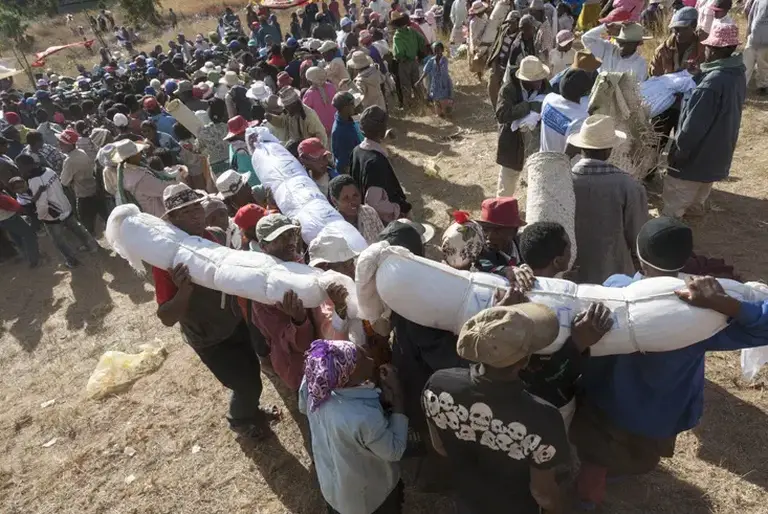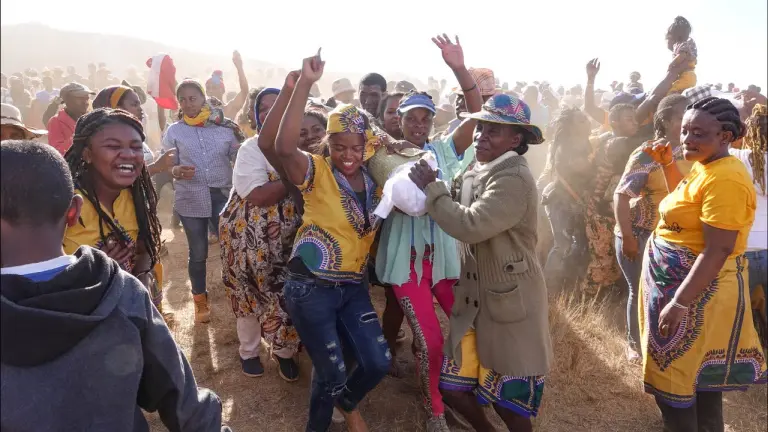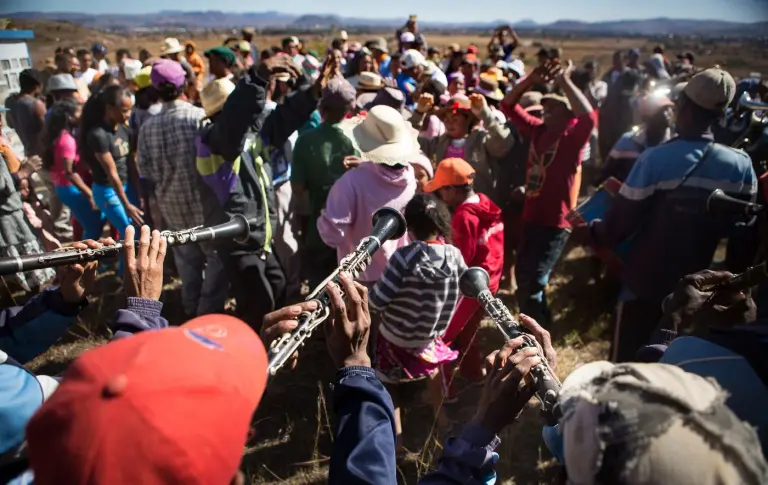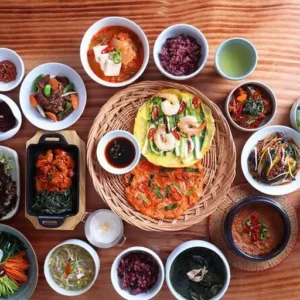In the heart of the Indian Ocean, on the lush island of Madagascar, exists a tradition so unique, so emotionally powerful, and so visually unforgettable that it captivates every traveler lucky enough to witness it. Known as Famadihana, or the “Turning of the Bones,” this cultural ritual might just be the world’s most astonishing way of celebrating the dead — with joy, music, dancing, and love.
If you think death is the end, Madagascar will show you a whole new beginning.
What Is Famadihana? Understanding the Festival That Dances with the Dead
Famadihana literally translates to “the turning of the bones,” and is a traditional funerary ritual in Madagascar that involves exhuming the bodies of deceased relatives from their family crypts, rewrapping them in fresh cloth, and joyfully dancing with them in a grand celebration of life, memory, and ancestry.

Far from being morbid or dark, this festival is filled with color, laughter, and music. It’s a spiritual family reunion between the living and the dead — an emotional reconnection that unites generations in one of the most powerful cultural experiences in the world.
>> Self-Mummification: The sacred journey beyond death you’ve never heard of
Why Do Malagasy People Celebrate Famadihana?
For the Malagasy people, ancestors are more than memories — they are protectors, guides, and eternal members of the family. The belief is that until the body completely decomposes, the spirit remains in transition. So, the ritual of “turning the bones” helps the dead feel remembered, honored, and loved. It also brings blessings, healing, and fortune to the living.
Families typically perform Famadihana every 5 to 7 years, depending on finances and family consensus. It’s not just a ritual — it’s a massive, heartfelt gathering of extended families, often involving hundreds of participants and lasting several days.

What Happens During the Famadihana Festival?
1. Preparing the Crypt
The family cleans and decorates the family tomb, often located in the highlands. Musicians arrive early, playing traditional Malagasy instruments like the valiha (bamboo tube zither) and kabosy (box-shaped guitar). Locals wear their best clothes, and the mood is festive — like a wedding or homecoming.
2. Exhumation and Rewrapping
With songs and prayers, the tomb is opened, and the bodies — often wrapped in delicate silk shrouds called “lamba mena” — are gently lifted and rewrapped with new cloths. This act is both symbolic and spiritual: a way of giving the ancestors new life and new dignity.
3. Dancing with the Dead
This is the most iconic moment of the ceremony. The newly wrapped bodies are carried above the heads of family members as they dance in circles, sometimes for hours, accompanied by rhythmic drumming and singing. It’s not eerie — it’s beautiful. Children, elders, and even tourists are often invited to join.
4. Sharing Stories and Feasting
After the dances, families sit together to share stories about the deceased. Traditional Malagasy foods like grilled zebu, cassava, rice, and rum are served. It’s a time for joy, laughter, tears, and gratitude.

>> Baby-tossing: The breathtaking ritual that turns faith into flight
When and Where Can You See Famadihana?
Famadihana typically takes place during Madagascar’s dry season, between June and September, particularly in the highland regions like Antsirabe, Fianarantsoa, and Ambositra.
The events are not advertised — they are family affairs. However, many Malagasy families welcome respectful, curious travelers to observe and even participate. Hiring a local guide or travel agency that understands the culture is recommended for the best experience.
Why Travelers Fall in Love with Famadihana
Tourists who stumble upon Famadihana often describe it as one of the most profound cultural experiences of their lives. Why? Because it challenges your perspective on death. It transforms grief into celebration, and loss into connection.
“I didn’t expect to cry,” one traveler confessed, “but seeing people dance with joy as they held the remains of their grandparents — it reminded me that love doesn’t die.”
In a world where modern society often hides death behind silence and sorrow, Famadihana offers a radically different lens — one of continuity, celebration, and family unity.

How to Experience Famadihana Respectfully
If you’re planning to attend, here are a few tips:
- Dress modestly and bring a respectful attitude.
- Always ask before taking photos.
- Offer small gifts or donations to the family hosting the ritual.
- Consider hiring a Malagasy guide or interpreter to help you understand the deeper meanings.
Your Journey Starts Now: Travel to Madagascar for the Festival of the Ancestors
Madagascar is already a dream destination for nature lovers — home to exotic wildlife, ancient baobab trees, and pristine beaches. But to witness Famadihana is to step into the soul of this island. It’s a chance to travel beyond tourism — to connect with something universal: our longing to remember, to belong, to love.

So pack your bags.
Book your flight.
And get ready to witness a festival where the past walks with the present — and dances.
Learn more about unique cultures to have interesting journeys. We are always with you.






